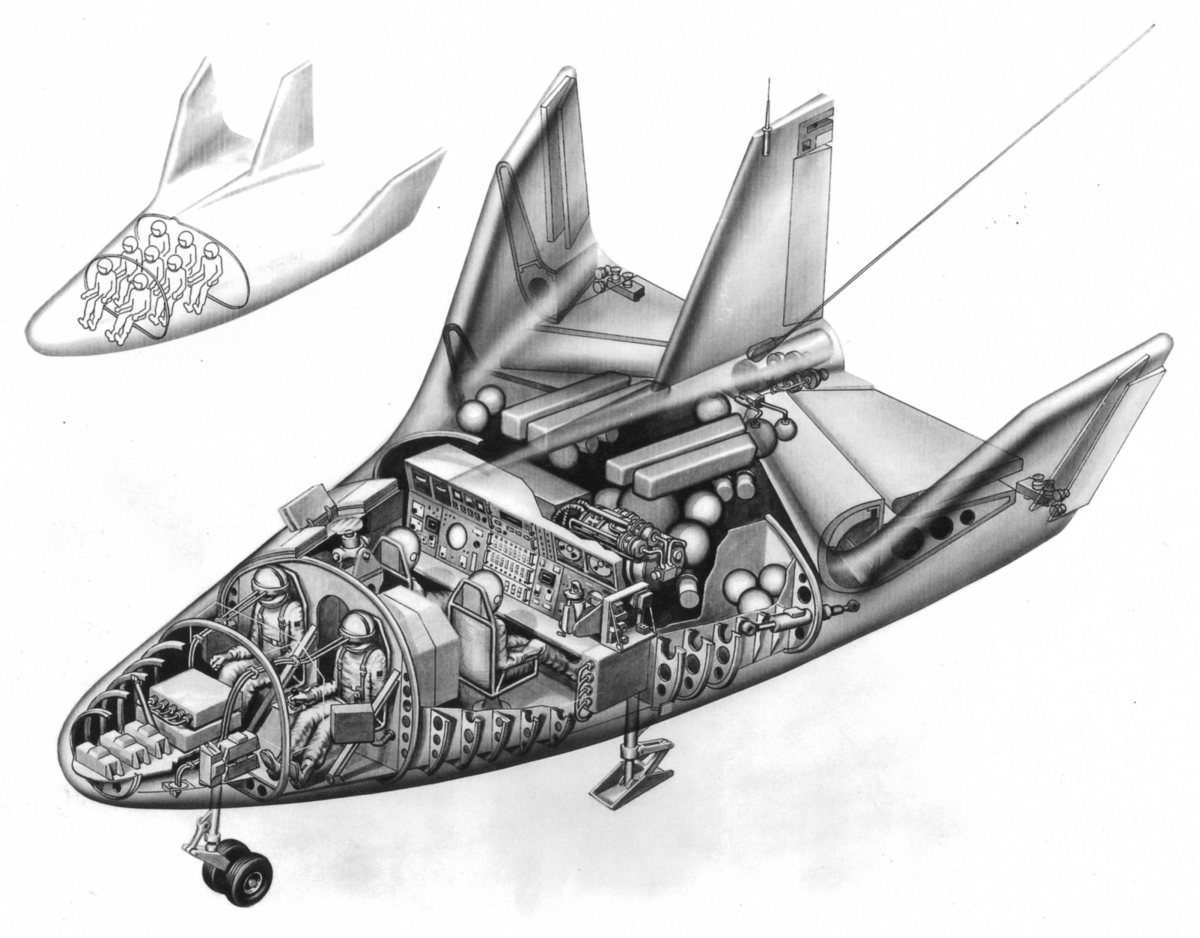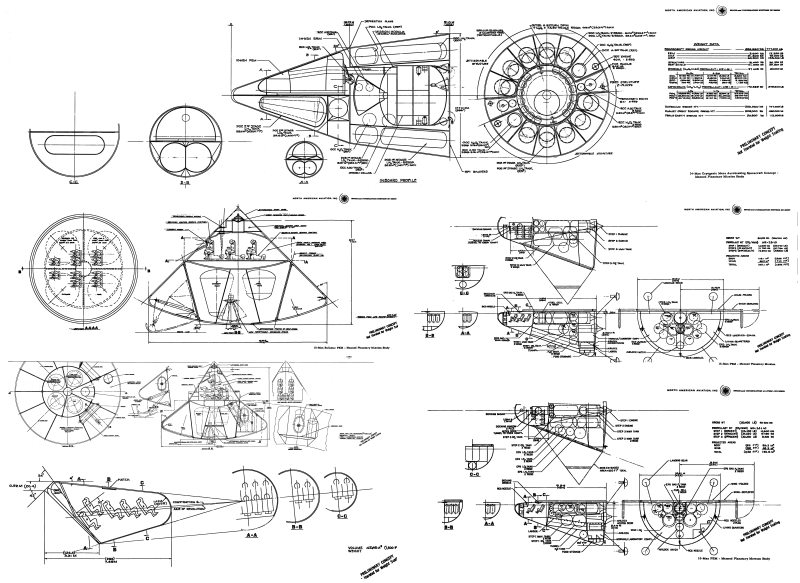now i get it, this is Semi Mars Direct !
Orginal plan see link, NASA made Semi proposal with Marsorbit rendevous
http://www.astronautix.com/craft/marirect.htm
hydrogen will boil away over time in Marsorbit
take methane/oxygen, with cooling its stay years in tanks
wet workshop - mission module
that was orignal Skylab and proposal for Lunalab and interplantary mission for Venus fly-by
http://en.wikipedia.org/wiki/Manned_Venus_Flyby
i see no problem with that
Saturn V-23
you mean the with 4 Liquid booster (each 2xF-1)
or the 4 Solid booster version ?
in case of Liquid booster use them as firstage for "Saturn-1C" to replace Saturn-1B
on Korolyov health
beginn of 1960s he had several heavy Hearthattacks
durnig the operation were he died, the doctors found a a large, cancerous tumor in his abdomen.
even if his weak hearth had surivided the operation, he had died in 1966.
X-20 Dyna Soar that was from beginn a death project
build on hardware of begin 1960 and is not able for interplantary mission
like reentry in Earth atmosphre with 11 to 15 km/s
and there Robert "canceld this program" McNamara
but there is a Alternative: Lifting Body (LB)
NASA look for LB for Earth Entry Module
USAF look for LB as Dyna Soar and Gemini B replacement
why not make join venture USAF NASA for Lifting Body in 1970s ?
Robert "canceld this program" McNamara is no more in office.


